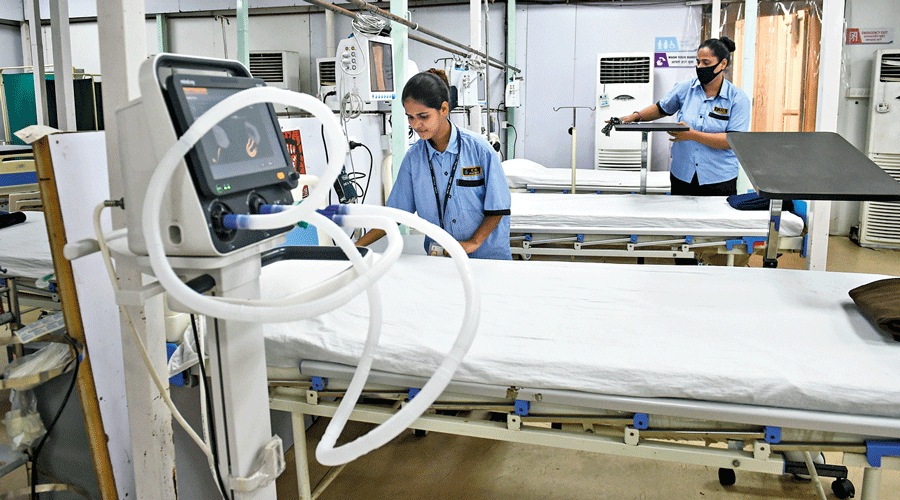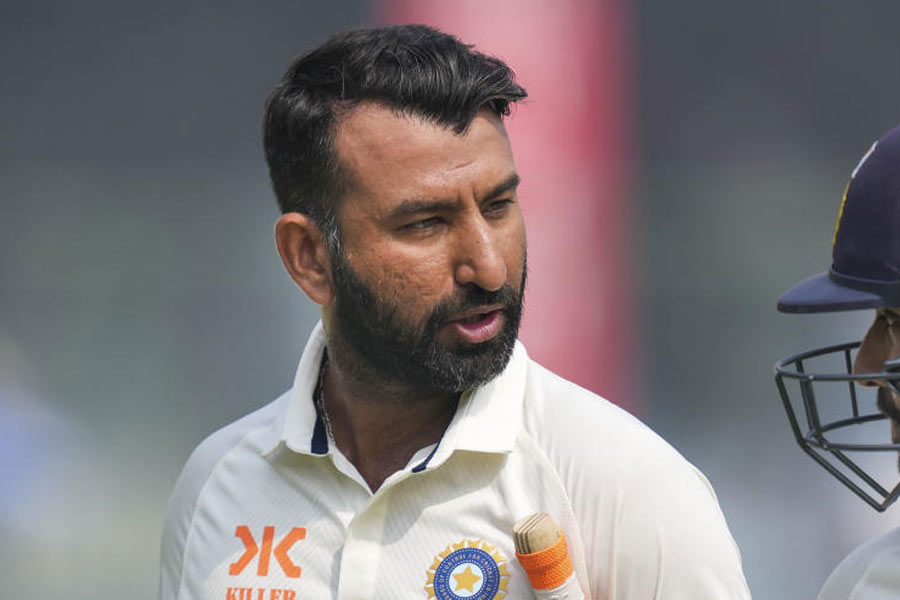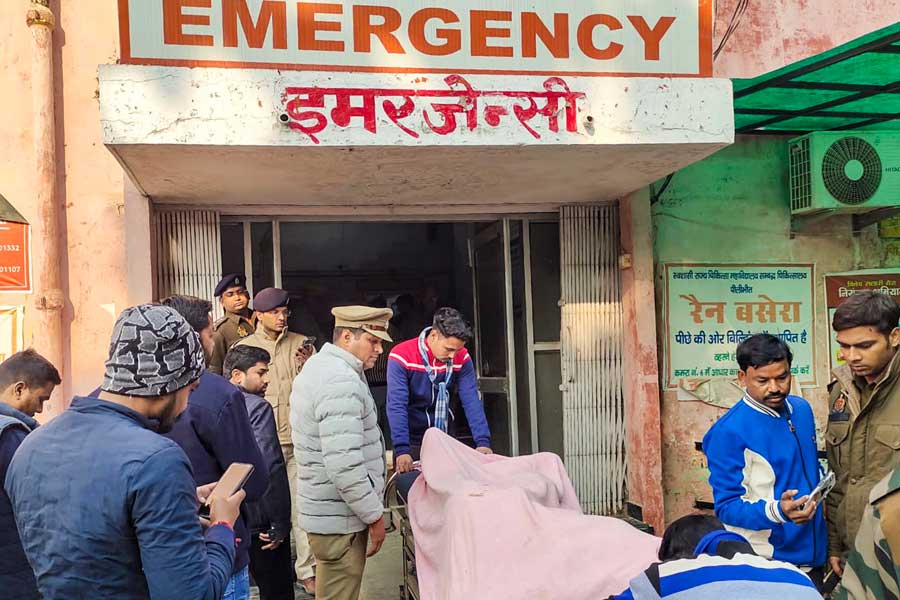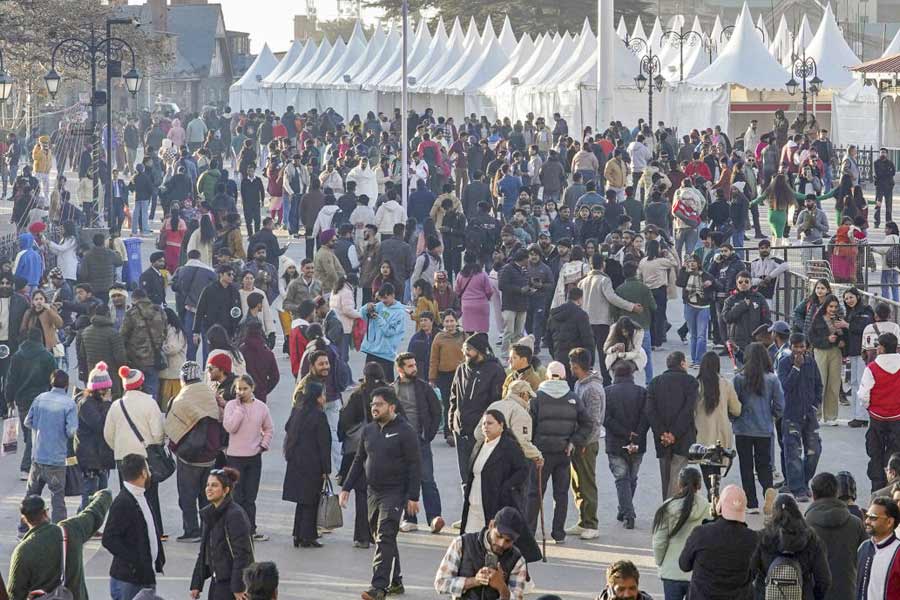India’s coronavirus genome sequencing network has detected a new omicron sublineage called BA.2.75 circulating in at least 10 states but scientists say it is unclear whether it is contributing to the current rise in daily infections or to disease severity.
Scientists with the Indian National SARS-CoV-2 Genome Sequencing Consortium (INSACOG) — a network of 38 labs tasked with sequencing coronavirus strains — said BA.2.75 has early data show BA.2.75 in an “increasing trend,” but “nothing alarming.”
The increasing trend is “not everywhere and the numbers are still in the early double digits to have any statistical confidence, a senior scientist familiar with the sequencing results told The Telegraph.
The INSACOG secretariat has not yet issued a public bulletin saying how many sequences of BA.2.75 have turned up and in which states has it shown a growth pattern. But the World Health Organization and scientists outside India have noted its emergence.
The WHO director-general Tedros Adhanom Ghebreyesus, during a media briefing on Covid-19 on Wednesday had said: “In Europe and America, BA.4 and BA.5 are driving waves. In countries like India, a new sublineage of BA.2.75 has also been detected which we’re following.”
An Israel-based scientist Shay Fleishon had on July 3 tweeted that a global database of genome sequences has 85 BA.2.75 sequences, 69 from 10 states in India — Bengal (13), Delhi (1), Haryana (6), Himachal Pradesh (3), Jammu (1), Karnataka (10), Madhya Pradesh (5), Maharashtra (27), Telangana (2) and Uttar Pradesh (1).
The database, Fleishon said, also has 16 sequences from seven countries -- Australia (1), Canada (2), Germany (2), Japan (1), New Zealand (2), UK (6) and US (2).
The virus is a sublineage of omicron, the variant that had fuelled India’s third Covid-19 wave during January this year. “Compared with BA.2, the sublineage BA.2.75 has nine more mutations in its spike protein and additional mutations in other proteins,” said another INSACOG scientist.
BA.2 is an omicron sublineage that had dominated the coronavirus landscape in India by the second half of February this year, accounting for over 80 per cent of Covid-19 positive samples sequenced.
“It will take some more time for us to understand the correct constellation of mutations in BA.2.75 and its implications if any on public health,” the scientist said.
India’s 7-day average of daily new infections has grown nearly four-fold from 4,200 cases on June 7 to 16,300 cases on July 6 but, scientists say, there is no evidence to link this rise to any specific variant.
Health experts have said although daily new infections are growing, most people are expected to be protected from severe disease through immune responses generated by either earlier natural infections or Covid-19 vaccines or both.










